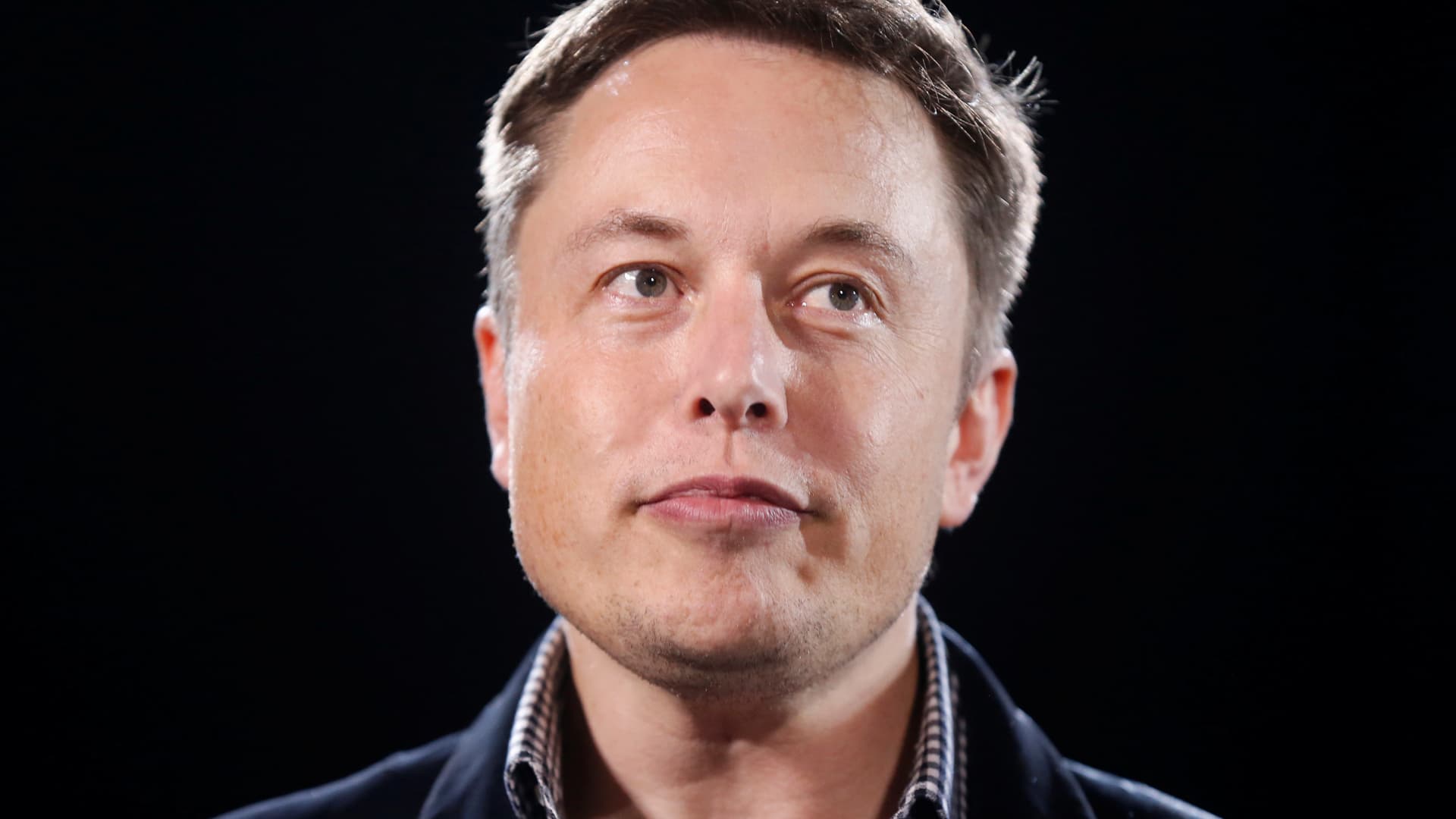S4WRXTTCS
Well-Known Member
Considering the car is burned pretty severely, I question what could be pulled. Would also be interesting to know is how much data (if any) is transmitted in real time to Tesla.
Anything pulled would have been uploaded right after the crash.
In the event of a crash the car is supposed to upload information.
We don't know if the car had the capability to upload information after the crash, but I think its likely that this functionality survived the initial crash. I doubt anything survived the fire. I don't believe Tesla has a fireproof black box for storing data.





